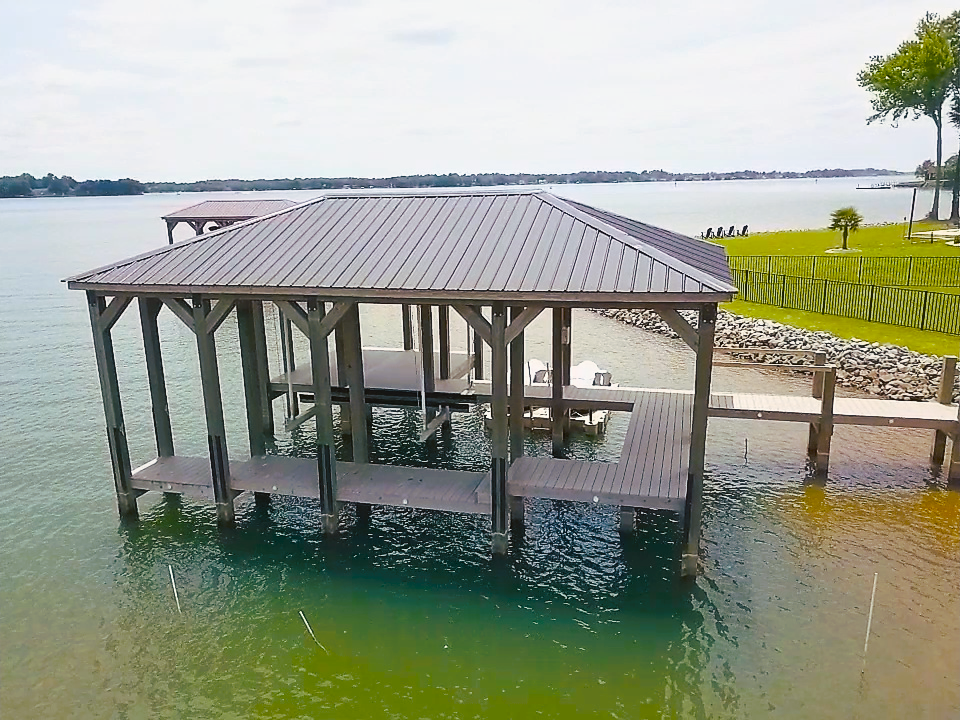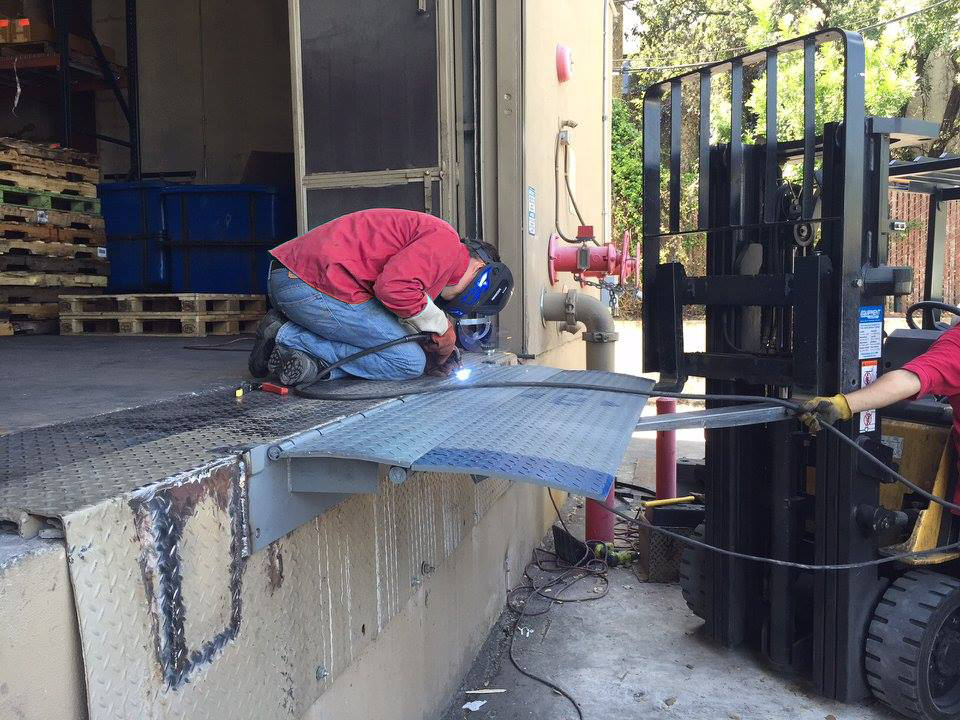Reliable Dock Fixing Techniques: Ensuring Architectural Integrity
Making certain the architectural stability of anchors through reliable fixing techniques is extremely important for the durability and security of marine facilities. This includes a multi-faceted method starting with thorough evaluations using advanced modern technologies like sonar devices and remotely operated vehicles (ROVs) to find both visible and hid problems. Consequently, picking the appropriate repair service products, such as composite products and corrosion-resistant alloys, is critical for resilience. Structural reinforcement methods, including the application of cross-bracing systems and load-distribution plates, play a crucial function in mitigating anxiety points. The relevance of these strategies becomes apparent when checking out innovative fixing approaches and preventative maintenance techniques.
Assessing Dock Damages
Examining dock damage is a critical initial step in ensuring the architectural honesty and security of any type of docking facility. This first assessment involves an extensive evaluation to determine both noticeable and hidden damages. Key elements to analyze include the dock's structure, pilings, decking, and equipment. Each component needs to be looked at for indications of wear, rot, corrosion, or various other kinds of degradation that could endanger the structural integrity.
Architectural engineers or certified assessors generally execute these evaluations using specialized techniques and devices. As an example, undersea assessments might employ sonar tools or from another location operated lorries (ROVs) to find immersed damage. Above water, aesthetic assessments are matched by utilizing moisture meters and various other diagnostic devices to discover underlying concerns not right away visible to the naked eye.

Finding Repair Products
Selecting the suitable repair service products is an essential action in the dock repair procedure, one that directly affects the long life and performance of the repaired framework. Material choice must be driven by variables such as ecological conditions, load-bearing requirements, and compatibility with existing dock elements.
In addition to wood, composite products are increasingly prominent due to their longevity and reduced upkeep requirements. Composites, normally made from a blend of plastic and timber fibers, use excellent resistance to rot, insects, and UV damages. For steel docks, choosing corrosion-resistant alloys such as galvanized steel or marine-grade light weight aluminum is important to stop corrosion and guarantee architectural stability in saline water conditions.
Epoxy resins and marine-grade sealers are indispensable for fixing cracks and sealing joints, supplying a water resistant barrier and enhancing the dock's total strength. By thoroughly picking premium materials, dock repairs can accomplish durable outcomes, therefore protecting against future deterioration and ensuring safe, dependable use.
Architectural Support Methods
Efficient structural support strategies are crucial in ensuring the security and longevity of dock fixings. One essential approach entails the use of steel or composite reinforcement bars (rebar) within concrete frameworks. Rebar gives additional tensile stamina, protecting against splits and distributing tons much more uniformly. This technique is specifically efficient for anchors revealed to heavy lots or extreme environmental problems.
An additional important strategy is the application of fiber-reinforced polymers (FRP) These products supply high strength-to-weight proportions and superb resistance to rust, making them optimal for enhancing wooden or concrete anchors. FRP can be applied in sheets or strips and bonded with epoxy resins to boost structural integrity.
Bracing and anchoring systems likewise play an important duty in structural support. Cross-bracing, making use of steel or wood light beams, can counteract side pressures, decreasing guiding and activity. Securing systems, such as helical piers or driven piles, supply a secure structure by moving loads to deeper, extra steady dirt layers.
Last but not least, the combination of load-distribution plates can help distribute weight much more equally across the dock's surface area, mitigating local tension points. These strategies jointly make sure that docks stay durable and secure, capable of withstanding the roughness of their functional environment.
Advanced Repair Work Techniques

An additional advanced strategy involves undersea welding, which permits for repair work to be carried out without the demand to dewater the location. This technique is especially advantageous for resolving architectural issues in immersed dock elements, ensuring very little disturbance to procedures. Enhanced welding strategies, paired with robotic systems, supply precision and integrity, thereby expanding the life expectancy of the dock.
In addition, cathodic security systems are applied to avoid deterioration in metallic dock frameworks. see here By using sacrificial anodes or satisfied existing systems, these strategies properly reduce the electrochemical procedures that lead to product degeneration.
Lastly, advanced surveillance innovations, such as architectural health and wellness tracking (SHM) systems, provide real-time information on the problem of dock structures. These systems make it possible for proactive maintenance and timely interventions, ultimately making sure the long-term architectural integrity of the dock.
Maintenance and Prevention
Upkeep and prevention are basic concepts that underpin the long life and safety and go to my site security of dock frameworks. Normal inspections are paramount, permitting for early detection of deterioration, possible weak points, and environmental effects. A proactive strategy, including regular checks for rust, rot, and structural shifts, mitigates expensive fixings and lengthens the dock's operational life.
Safety nets must include using safety coverings to metal elements to guard against corrosion and making use of cured timber to resist degeneration. Furthermore, guaranteeing appropriate drainage and air flow can protect against water buildup, which is a typical reason of structural deterioration. Incorporating high quality products and adhering to supplier guidelines during building and repair stages additionally play essential functions in enhancing toughness.

Training workers in dock upkeep finest methods ensures constant application of safety nets. Leveraging technological breakthroughs, such as drones for evaluations and sensors for real-time tracking, can better boost maintenance initiatives. By focusing on upkeep and prevention, dock proprietors can guarantee architectural honesty, functional safety and security, and economical monitoring over the dock's lifespan.
Conclusion
In verdict, maintaining the architectural stability of aquatic facilities necessitates extensive dock repair methods. Complete assessments making use of innovative devices uncover both visible and hid problems, while the option of proper repair work products enhances durability. Executing architectural reinforcement techniques addresses anxiety factors successfully. Advanced fixing methods, paired with normal upkeep methods, make sure the dock stays secure and operational under diverse environmental problems. Adopting these approaches dramatically extends the life-span and functionality of aquatic facilities.
Making sure the my website structural stability of docks with reliable repair work strategies is paramount for the longevity and safety of aquatic centers.Choosing the appropriate repair work products is a critical action in the dock reconstruction process, one that straight affects the durability and performance of the fixed framework.Effective architectural support techniques are vital in making certain the stability and durability of dock repair services. By prioritizing upkeep and prevention, dock proprietors can guarantee structural honesty, functional safety, and cost-effective monitoring over the dock's lifespan.
In verdict, maintaining the architectural integrity of aquatic centers requires extensive dock repair service techniques.